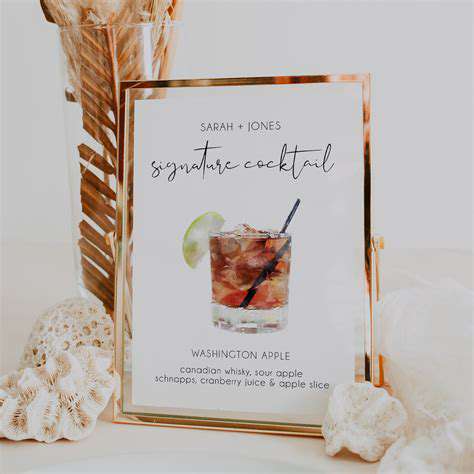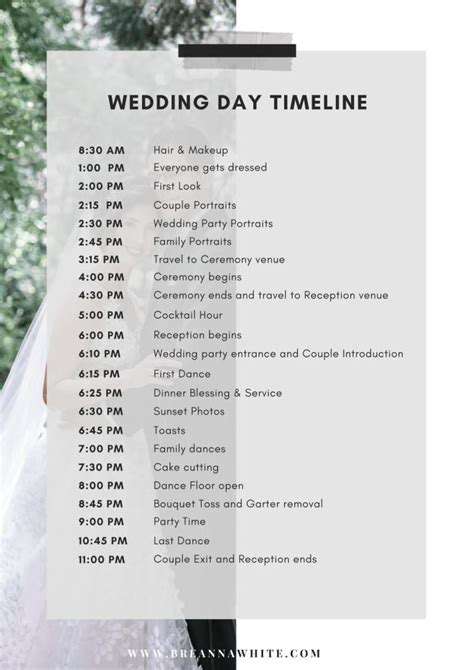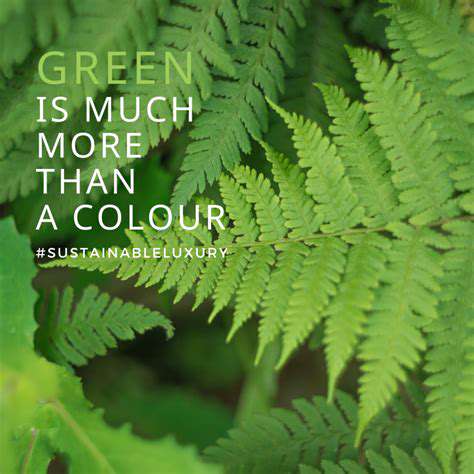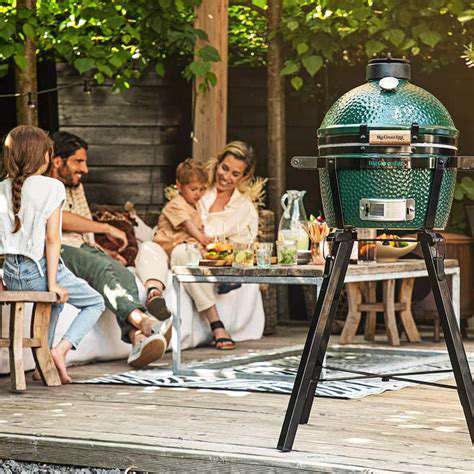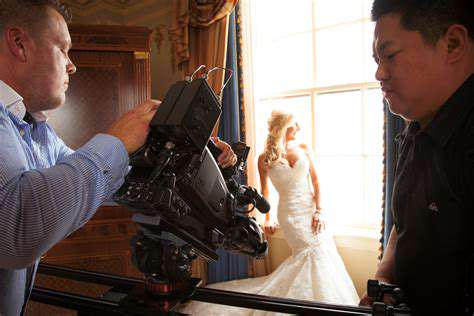How to Plan a Beach Wedding with a Rustic Twist
Selecting the ideal beach venue for a rustic wedding goes beyond aesthetics. It’s about capturing the essence of your vision. Do you dream of a hidden cove with palm trees, a vibrant boardwalk overlooking the ocean, or a sprawling sandy shore for a grand celebration? Visiting potential sites, evaluating amenities, and assessing the vibe in person are non-negotiable steps. The right spot should harmonize with your rustic theme while accommodating guests and setting the mood. The landscape itself—whether rugged cliffs or gentle dunes—will shape your wedding’s atmosphere.
Practicalities matter just as much. Check for easy access, parking, and weather patterns. High tides or gusty winds can disrupt even the most picturesque setup. Avoid last-minute surprises by scouting locations during the same season as your wedding. Prioritize guest comfort—think shaded areas, restrooms, and pathways for elderly attendees. A well-chosen venue ensures your rustic beach wedding feels effortless and magical.
Understanding Rustic Beach Wedding Aesthetics
Rustic charm thrives on simplicity and nature’s raw beauty. Driftwood centerpieces, scattered seashells, and linen fabrics blend seamlessly with the beach’s organic textures. Burlap table runners, mason jars brimming with wildflowers, and flickering candles add warmth. Pro tip: Let the shoreline inspire your palette—soft beiges, weathered blues, and muted greens. Skip overly polished decor; embrace imperfections like knotted wood or uneven edges. They’ll amplify the authenticity of your theme.
Don’t fight the environment—work with it. Use existing dunes as ceremony backdrops or repurpose fallen branches for signage. Nature’s imperfections are your best allies. A sunset-lit aisle of barefoot guests? That’s rustic poetry.
Catering to Your Guests' Comfort and Needs
Beach weddings demand extra thought for guest comfort. Opt for wide, sturdy chairs (sand and spindly legs don’t mix). Provide flip-flop baskets for dancing and sunscreen stations for midday ceremonies. Hydration stations with infused water or tropical mocktails keep everyone refreshed. If your venue lacks shade, rent sailcloth tents or market umbrellas. For older guests, consider a boardwalk or solid pathway to the ceremony site.
Restrooms are often overlooked. Portable luxury trailers beat porta-potties for elegance. Label them with quirky signs like “His” and “Hers” seashells. Lastly, a “barefoot optional” dress code sets the tone—this isn’t a ballroom affair.
Budgeting and Planning Your Beachside Rustic Celebration
Rustic doesn’t mean cheap. Venue fees, permits, and tide-contingent backup plans add up. Allocate 20% of your budget for unexpected costs—like a last-minute tent rental if rain threatens. Local vendors often offer better deals than big-name caterers. For decor, forage driftwood or collaborate with a local artist for handmade signage.
Prioritize what matters: splurge on a great photographer (sand and wind won’t wait for retakes) but DIY favors like mini jars of local honey. Pro tip: Off-peak seasons (spring or fall) slash costs without sacrificing charm.

Creating a Rustic Beach Reception
Inviting Rustic Charm
Transforming sand into sophistication starts with texture. Mix rough-hewn wood tables with gauzy linen napkins. Hang fishing nets adorned with twinkle lights overhead—they’ll catch the sunset glow. Centerpieces? Try hollowed-out logs cradling succulents or vintage lanterns wrapped in rope. Skip matchy-matchy; eclectic tableware (think thrifted china or enamelware) adds personality.
Lighting is everything. As dusk falls, pathways lined with hurricane lamps or reclaimed tin cans holding tea lights guide guests. Bonus: The flicker mimics fireflies—nature’s own fairy lights.
Elegant Table Settings
Rustic elegance means balancing rough and refined. Layer woven chargers under chalkboard place cards (handwritten with guests’ names in white ink). Napkins tied with jute twine and a sprig of lavender whisper “casual luxury.” For flatware, opt for brushed brass or matte black—they won’t glare in photos.
Mix heights: Low wooden bowls of citrus fruits contrast with tall, wildflower-filled vases. Pro tip: Pressed seaweed or sand dollars make unique menu holders.
Outdoor Ambiance and Festivities
Position your dance floor where the tide can’t reach it. A live bluegrass band or acoustic guitarist suits the vibe better than a DJ booth. For seating, hay bales with draped blankets beat plastic chairs any day. If bugs are a concern, citronella torches disguised as tiki lamps do double duty.
End the night with a bonfire (check local permits!). Provide s’mores kits and blankets for stargazing. Guests will remember this long after the tan fades.
The Chicago Blackhawks’ season has been a rollercoaster. Their flashes of brilliance are often overshadowed by defensive missteps, leaving fans oscillating between hope and frustration. Consistency remains elusive, mirroring the unpredictability of ocean tides.
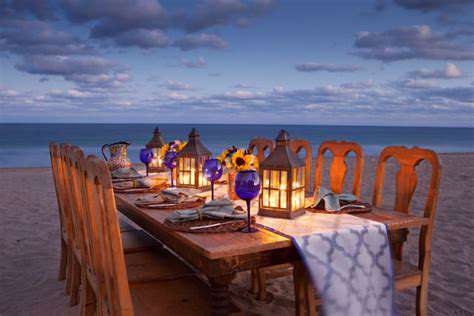
Capturing the Memories: Photography and Videography
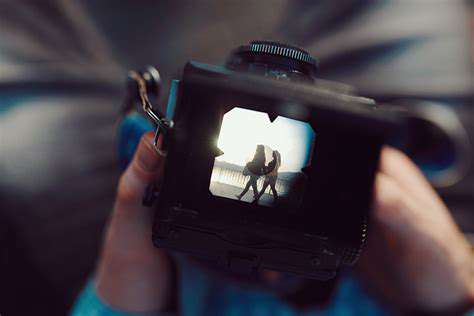
Capturing the Essence of a Moment
Great photography isn’t about perfection—it’s about emotion. A stolen kiss during golden hour or a grandmother’s tear during vows tells your story better than any posed shot. Hire someone who understands how light dances on water and wind plays with veils. Their lens should capture salt-kissed hair and barefoot dances, not just stiff smiles.
Videography? Opt for a documentary style. The crashing waves and rustling palms will be your soundtrack. No need for narration when nature provides the poetry.
The Importance of Composition
Rule of thirds: Place the horizon low to emphasize sky or high to highlight tidal patterns. Leading lines—a winding boardwalk or driftwood aisle—draw eyes to the couple. Symmetry works for formal shots, but asymmetry feels more authentic for candid moments.
Shoot during “magic hour” (the hour after sunrise or before sunset). The soft, directional light flatters skin and adds depth to sand textures.
Exploring Different Photography Styles
Consider a mix: Some posed portraits for family, but mostly photojournalistic shots. Aerial drone photos can showcase the venue’s grandeur, while macro shots of sand-between-toes add intimacy.
Technical Mastery and Artistic Vision
Your photographer should know how to balance bright sand with darker subjects (no silhouetted faces!). Fast shutter speeds freeze windblown hair; slow ones blur waves for dreamy effects. Backup equipment is non-negotiable—salt air kills electronics.
Ultimately, their job is to make your day feel as timeless as the ocean.
